![]() It was in the living room of a suite in the Boston Waterfront Westin Hotel with a great view of the Boston waterfront that me and a half dozen other bloggers met Jeff Schick, the VP of IBM Social Computing software, and Joan Morris DiMicco, a researcher in IBM's Collaborative User Experience lab in Cambridge MA.
It was in the living room of a suite in the Boston Waterfront Westin Hotel with a great view of the Boston waterfront that me and a half dozen other bloggers met Jeff Schick, the VP of IBM Social Computing software, and Joan Morris DiMicco, a researcher in IBM's Collaborative User Experience lab in Cambridge MA.
Jeff admitted that when he visits the IBM research organization, he feels like a kid in the candy store, since many of the innovations and experiments developed at the lab end up as features or products within Jeff's portfolio. [[IBM Lotus Connections]], for example, is IBM's fastest growing organic (I think that means non-acquired) software offering.
Joan explained that IBM Research develops and operates advanced collaborative applications within the company which forms the basis for learning about what works and why. Many of these innovations find outlets as features in Lotus products or as products themselves. Two recent examples of innovation developed by IBM, deployed in IBM and then introduced as Lotus products or features is Dogears (a bookmarking service) and Atlas (enterprise map of knowledge sources, sinks and collaboration networks and chains).
A recent innovation that Joan spoke highly of is a [[FaceBook]] for enterprises called 'Beehive.' Here, IBM employees (some 33,000 employees since starting the service 9 months ago) share their photos, discuss their professional passions, personal passions and post comments on each others' profile pages. Interesting points were that people are willing to post photos of their children on Beehive, but not on FaceBook. The corporate branding of the collective seems to enforce a higher standard of privacy and security than what exists in public fora like FaceBook.
I'd think that most companies would question how Beehive might be aligned with corporate goals. I suspect that most people have a professional person and a family person and generally don't mix the two except in trivial circumstances where they might give their corporate email address for notices about the kids soccer games. The idea of developing more familiar relations with coworkers is helpful in the Army, where danger lurks and the most basic instincts of survival creates a brotherhood may not be all that desirable for workers in software companies or other organizations.
Does the Beehive replace the corporate Christmas party?
According to Joan, it works best for employees, particularly coworkers that don't get the same opportunities for social interactions as physical proximity of being in the same office. When in the same office, even if on different floors or different business units, people can still meet in the elevators, in the cafeteria or in the parking garage. For the 'proximity-challenged', Beehive participants feel more connected and a higher level of cameraderie than otherwise practical. Perhaps, the other way to think about Beehive, is that it's a company party on the web. In that way it's got a useful function to play in large organizations – where people can cooperate and interact in online social settings, within the framework of the enterprise that understands the power of engaged and connected employees.
So, to answer the question, Beehive could enable the corporate Christmas party for folks who do work together, but not necessarily in the same building or same city, and without the expense of the bar, food, banquet or travel.
IBM was a platinum sponsor of the Enterprise 2.0 conference which was held in Lotus' backyard.






